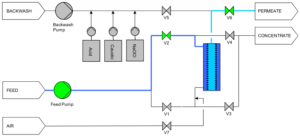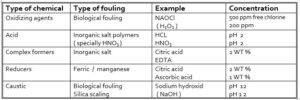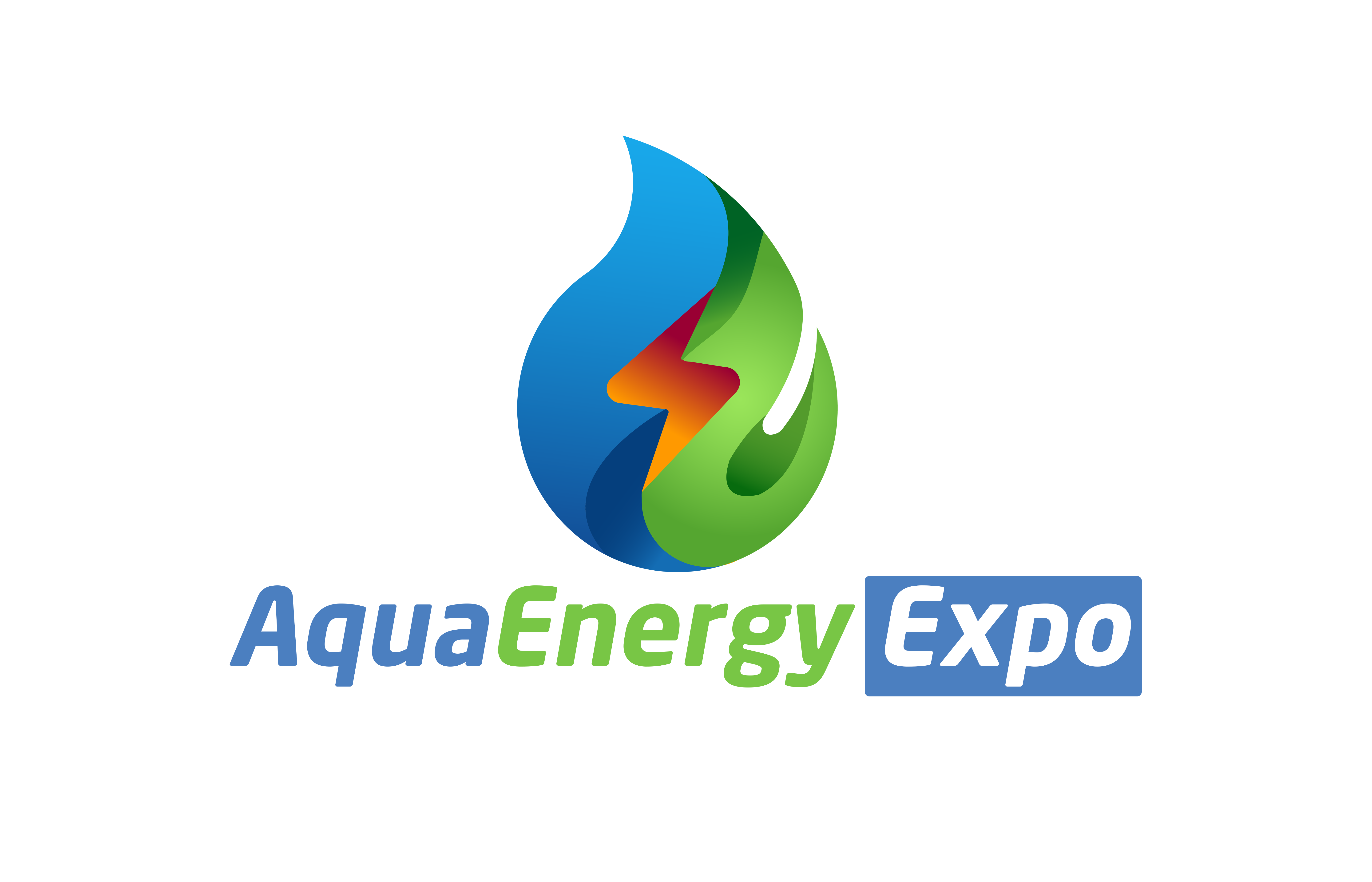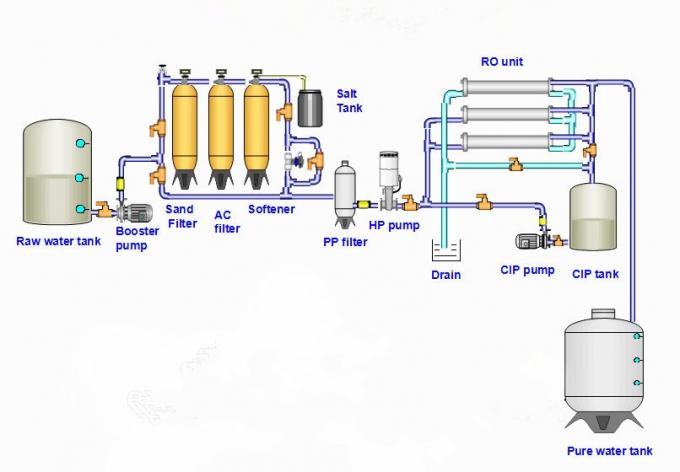By
Alaa Mohamed Ibrahim Sabbah
Water Treatment and Desalination Training Instructor
1-Introduction
In recent years, surface water purification with ultrafiltration membrane has become an attractive alternative to conventional clarification. No or less need of chemical agents, good quality of produced water independent of feed water quality, good removal efficiency towards microorganisms, less production of sludge, compact process, and easy automation are some of the advantages of ultrafiltration compared to conventional treatment. Originally, ultrafiltration was used to remove turbidity and microorganism from good-quality surface water. Nowadays the main goal is to improve this technology and to apply it to worse quality sources for the removal of microorganisms, natural organic matter (NOM), Total Organic Carbon (TOC) including particulate organic carbon (POC) and dissolved organic carbon (DOC), disinfection by-products (DBPs) and other components. {1}
Ultrafiltration (UF) involves pressure-driven separation of materials from a feed solution. The technology is used to remove particulate and microbial contaminants, but it does not remove ions and small molecules. Pressure drives the process, which typically operates with a feed pressure of 4 to 100 psig. UF plants are mostly and have low operational labor requirements. These systems, however, can require frequent cleaning. UF membranes have a service life of three to five years or longer, which is comparable to reverse osmosis membranes UF modules are commercially available in tubular, hollow-fiber, plate and frame, and spiral wound configurations.
UF membranes reject solutes ranging in size from 0.03 microns and larger. The UF membrane process separates molecules in solution on the basis of size. The pore size and molecular weight cut-off (MWCO) are often used to characterize a membrane. The pore size is the nominal diameter of the openings or microspores in the membrane expressed in microns. The MWCO is the molecular mass or weight of a solute that rejects greater than 90 percent. The unit of measurement for MWCO is the Dalton (D). Different membrane materials with the same nominal MWCO may have differing solute rejection. Pore size distribution and uniformity rather than the chemical nature of the membrane material may cause this effect. Because factors other than pore size or MWCO affect the performance of membranes, challenge studies are used to demonstrate membrane performance and benchmark different membranes. {2}
2- Main fields of applications of Ultrafiltration {3}
- Municipal and industrial waste water treatment and reuse
- Drinking water processing, it makes up part of an advanced clarification system and can be integrated after settling or flotation, to filter out particles, removal of bacteria and viruses.
- Surface water treatment for industrial use
- Seawater pretreatment for removal of colloidal silica and micron suspended solids to RO feed and to ensure SDI less than 3.0. {4}
3- Information Required For Selection of Adequate UF System {3}
- Feed Quality
» Non ionics: turbidity, TSS, COD, TOC, color, silica
» Ionics: dissolved metals, alkalinity, silica
Since ferric and aluminum cations; if present, may hydrolysis to give the Fouling
colloidal hydroxides
» Others: temperature, pH
- Capacity
» Nominal flow
» Peak flow
- Required filtrate quality
» Micro biological removal efficiency
» Removal of organics and color
- Other considerations
» Redundancy
» Footprint
4- Objective of Ultrafiltration: {3}
- Colloidal silica and other inorganic colloids removal up to 8%
- TOC removal:
POC Removal – 100 %
DOC Removal – 40%
5- UF System Operating {5}
Following Operation shall be performed by the system,
- Filtration
- Hydraulic cleaning (HC)
- Chemically Enhanced Backwash
- Filtration
During filtration the UF unit receives feed water and produces permeate. Feed flow will be controlled by Flow control Valve.

Filtration Operation shall be terminated immediately for,
- TMP is higher than 1 bar.
- Completion of filtration time.
- Hydraulic cleaning (HC)
- HC is performed after completion of Filtration time
- The foulants that have accumulated during filtration are removed from the membrane surface.
- HC is combination of several cleaning methods using feed water and clean permeate water.
HC Operation Steps:
Forward flush (FF):
Feed water is pumped from the feed to the concentrate side along the membrane surface.
Backwash (BW):
Reverse the flow of filtrate at higher flux for short duration to flush out foulants from membrane surface and pores
- Chemical Enhanced Backwash (CEB):
- CEB operation is combination of hydraulic cleaning (HC) and Chemical backwash.
- After HC steps performed, then UF system is filled with chemical solution by Backwash pump.
- Once the UF unit is filled with the chemical solution then the chemicals are left in the membranes (Soaking).
- During soak time the chemicals and dislodged foulants are flushed out by backwash
6- Clean-In-Place (CIP) {5}
A clean in place (CIP) operation includes backwash and chemical recycle to clean the fibers. The CIP is a on demand operation. The frequency of a CIP is dependant on the feed water quality but can range from 1 to 3 months. The chemical cleaning involving recirculation-soak cycles. Use for recovery cleaning or with specialized chemicals for particular foulants. Depending on the type of fouling there are various chemical solution that can be used during a CIP. In the process of selecting the right chemical cleaning solution it is vital to identify the type of fouling on the membranes.

Fouling {5}
There are four types of fouling common to UF operations including particulate, biological, inorganic, and organic.
Particulate fouling
Is caused by suspended solids, silt, colloids, and turbidity that can be reduced by coagulation, sedimentation, clarification, and media filtration. The common cleaning method for particulate fouling is air scour and backwash.
Biological fouling
Is caused by the growth of microorganisms that can be reduced by using in-line chemical feed of chlorine or biocide or by elimination of nutrients by using coagulation. The common cleaning method for removal of biological fouling is Chemically Enhanced Backwash (CEB) with oxidizers or biocides (Cl2, H2O2, and SBS).
Inorganic fouling
Is caused by the precipitation of inorganic on the membrane that can be reduced by using oxidation/precipitation and filtration as pretreatment to the UF or in some cases using low hardness water for the alkali chemically enhanced backwash. The common cleaning method for removal of inorganic fouling is chemically enhanced backwash with acid at pH 2 (HCl, H2SO4, Citric, Oxalic Acid).
Organic fouling
Is caused by organics adsorbing on the membrane (organic acids and humus) that can be reduced by using coagulation. The common cleaning method for removal of organic fouling is CEB with alkali at pH 12 (NaOH).
References
{1} Techneau, 06
{2} DOW (UF manual operation)
{3} Pentair (Design of Ultrafiltration plants for safe drinking water)
{4} https://www.aquamech.co.in/ultrafiltration.html
{5} DOW (UF manual operation), Pentair (UF manual operation)




